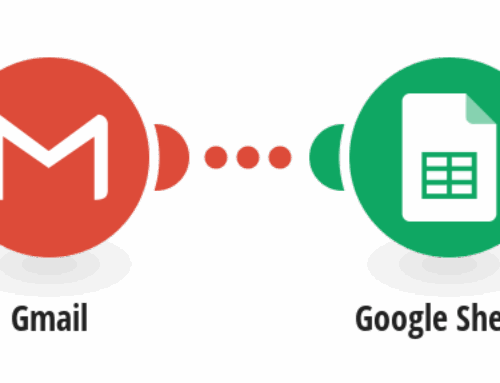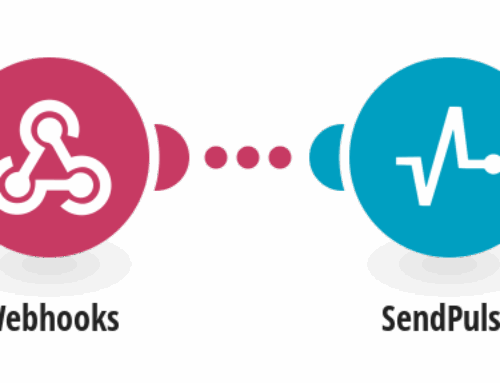Banking has always been a profession that requires extensive knowledge of financial statements and other calculations. Additionally, being a banker also demands being able to make quick decisions under pressure. Given the high level of expertise required to excel at banking, it’s no surprise that even today, only the best have a shot at getting into this field as their career choice.
However, with the growing digitization of financial institutions and wider adoption of technology throughout the sector, there is hope for banks yet! Thanks to automation, banking is becoming an industry ripe for talented individuals with smart minds who can think outside the box and come up with new solutions for problems that have stumped bankers for decades.
Read more for some ways in which automation can help the banking industry thrive and become more inclusive as we know it.

Banking Automation For Businesses
Improved Asset Management
Asset management is one area where automation can make significant impacts. Asset management is the process of monitoring and controlling the flow of assets of an organization. It has two major components, the process of asset creation and the process of asset destruction.
The process of asset creation can be automated through software, while the process of destruction is typically done manually. Automation means banks can focus more on their core competencies by automating their processes instead of doing it manually.
In the process of asset creation, banks can now use software to map their assets, key metrics, and customer information. This allows banks to perform asset management more efficiently and effectively, resulting in increased productivity and saving costs.
Banking On Blockchain
Blockchain technology has been hailed as the future of business, but what does that mean for the banking sector specifically? The key use cases for blockchain will be asset tracking, compliance, and settlement. Asset tracking will enable better management of assets such as loans and securities, enabling assets to flow between parties more easily.
Compliance and settlement will allow for more efficient transfers of assets and payments, reducing the risks and costs of manual processes. Automation can be used as an enabler for implementing blockchain in banks. Automation can be used to enable asset tracking and recording on the blockchain, enabling a complete audit trail and tracking of assets, key metrics, and their movement on the blockchain.
Automation can also be used to enable compliance, enable automated tracking of regulatory and contractual requirements, and enable the flow of assets and payments more smoothly and efficiently.
Smoother Transactions And Settlements
Banks are often seen as dinosaurs by the younger generations, thanks to their slow, manual processes and archaic technology. However, for many years, banks have been trying to come up with digital solutions to speed up their operations and make them more efficient.
One area where banks can look to automate is approvals. While authorization is a critical part of doing business, it is also a highly manual process and can result in backlogs and delays, which may cause customers to delay their transactions. Another area where banks can look to automate is the process of settlement.
In the past, most settlements were done manually, resulting in delays and potential errors. Automation can be used to improve the settlement process and make it more reliable.
Transforming Financial Services
Financial service automation can also bring about more innovative products and services. Automation can be used to provide a faster and more reliable payment system, enabling both commercial and consumer payments. Additionally, automation can be used to help lenders create more customized and attractive products, such as loans for digital assets and insurance for the future.
Improved Fraud Prevention & Protection
Fraud prevention and protection are also areas where banks can look to automate. Automation can be used to help banks identify signs of fraud, enabling them to detect fraudulent transactions in real time. It can also be used to protect bank assets from theft and loss, keeping them safe from malicious attacks.
Automation can further be used to make the bank’s internal operations more efficient, helping banks make better use of their data and technology resources. This enables more flexible and efficient operations, enabling the bank to respond better to customer needs.
Easier Regulatory Compliance
Another way automation can help the banking industry is by making regulatory compliance easier. Today, compliance consumes a significant portion of banks’ resources, which may be a result of the increasing regulatory requirements. Automation can enable banks to spend more time on their core competencies, such as servicing and asset management.
Automation can also help banks reduce their costs on regulatory compliance, as some regulations that were once manually performed can now be automated, such as document generation and review, programmatic analysis, and data analysis.
Low Code Automation in Banking Industry
While low code automation has been around for a while now, it has only recently emerged as a viable prospect for the banking industry. With new demands on the sector’s services and rising expectations of customers, low code automation is the best option for the future. Low code automation is essentially a software system that can be programmed using any programming language.
Most banks already use low code automation to run their back-end operations, and the same technology can be easily adapted for use in other areas such as customer support, marketing, and fraud detection. Low-code automation also has some advantages over traditional high-code automation. For example, low code automation can be more flexible as there are fewer restrictions imposed on it.
Using Low Code Automation Tools
If you’re an experienced low-code automation professional, then you already know just how powerful these systems are. When it comes to streamlining the existing processes in an organization, low code automation is an efficient way to cut costs and boost employee productivity.
It can also make employees’ jobs easier, such as by automating processes that they’re currently responsible for. Low code automation tools are designed to make it easy to integrate low code systems into other applications, making them accessible to a wider audience. Low-code automation tools are also useful for those who want to learn more about these technologies.
With low code automation software, you can view system logs, view and edit system variables, and view the code that is running on the system.
Low Code Automation Tools In Other Industries
Low code automation is relatively new to the banking industry, but it has already been adopted by many other sectors. For example, low-code automation has been used in the airline industry for a long time, and it has now been introduced to the hospitality industry. Low code automation has also been used in the retail sector for some time, and now it’s making its way into the healthcare industry.
Low code automation is a cost-effective way to streamline operations and increase efficiency in these industries due to the smaller size and complexity of the operations in each one. Low code automation can also help improve security by eliminating manual activities. For example, low code automation has been used to help detect medical fraud by using machine learning to detect patterns in patient records.
Low code automation can also help organizations track their environmental impact by using machine learning to detect power usage and generate reports. Low code automation has the potential to help organizations solve problems that have stumped humans for years.
For example, low code automation has already been used to help solve the problem of railway networks that are outdated and no longer reflect current demand. Low code automation can also help solve the problem of traffic overloads on roads and other infrastructure, helping cities and transportation providers to better manage and plan for demand.
Bottom Line
The banking sector has seen a lot of change over the past century, but with the rise of technology, this is set to change even more. Automation in banking will enable banks and other financial institutions to improve their asset management, banking on the blockchain, smoother transactions, and more.
With the help of automation, banks will be able to focus on their core competencies, freeing them up to offer superior customer service, offer customized and more attractive financial products, and process regulatory compliance in a more cost-effective manner. So, if you’re looking for ways to thrive in the banking sector, automation is one way to get there.
Articles You Might Want To Read:
How to Get Started With a Low-Code Automation Software?
The Impact of Low Code Automation Tools on Different Industries








